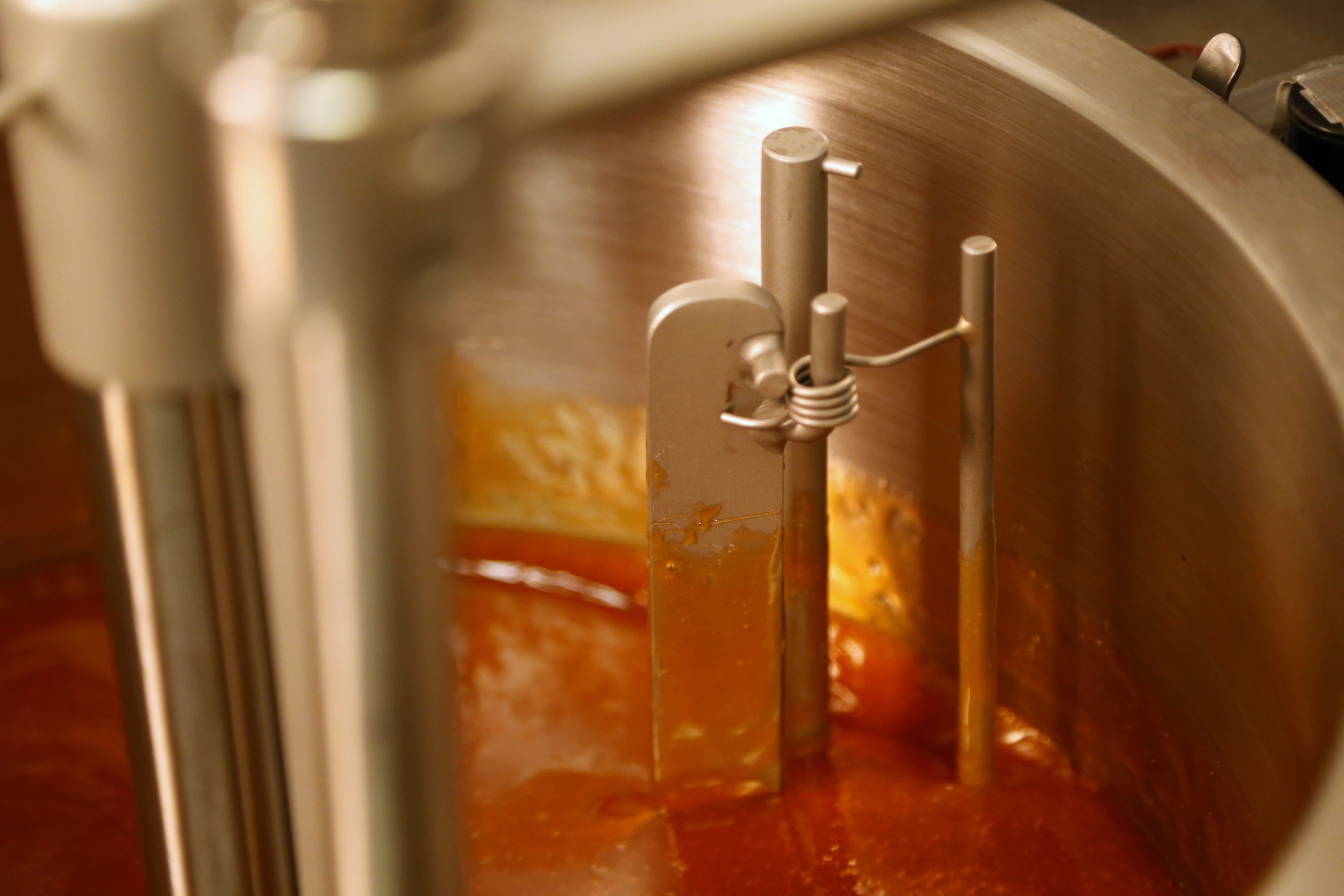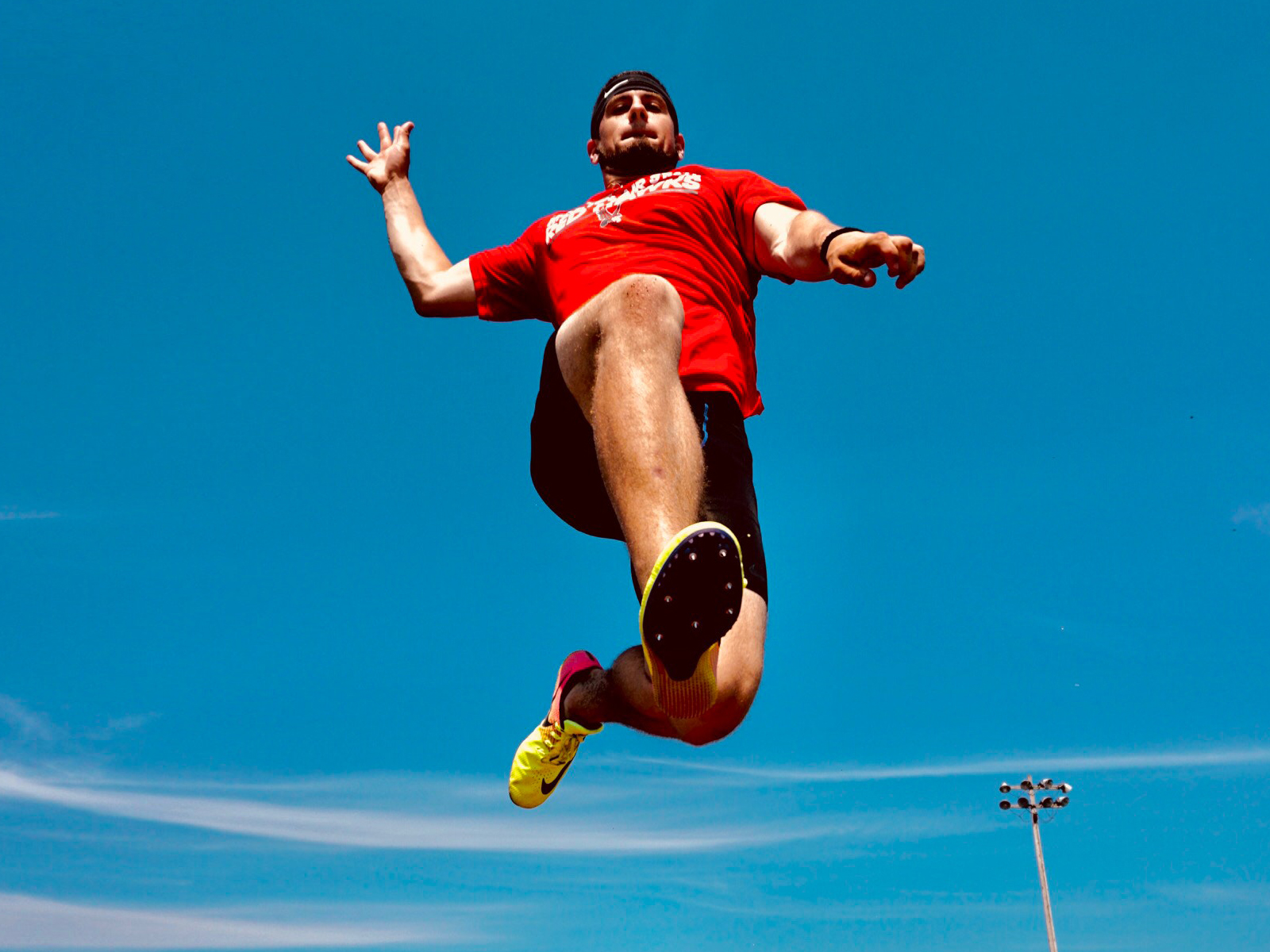
Always on the look out for an edge, athletes will adopt anything that helps them go faster, further and, well yes, higher. As cannabis becomes more available, it is also growing in popularity with athletes of every ability and in just about every sport. The science remains murky, but the anecdotal evidence is clear: the right strains and doses yield big gains in training, recovery and performance.
There’s no room for a stoner moment in pole vaulting. The Olympic sport entails heaving a five metre pole into the air, running with it down a section of track, stabbing it into a small box and then using it to launch up to two stories into the air, over a bar and safely back to earth. Successful flight demands perfect coordination.
So it’s a little surprising to hear Lane Britnell discovered cannabis’s athletic benefits while training for the Canadian national pole vault team.
“Cannabis is not just for the chronically ill or the stoner. It’s for regular active people and really serious athletes, too.” -Lane Britnell
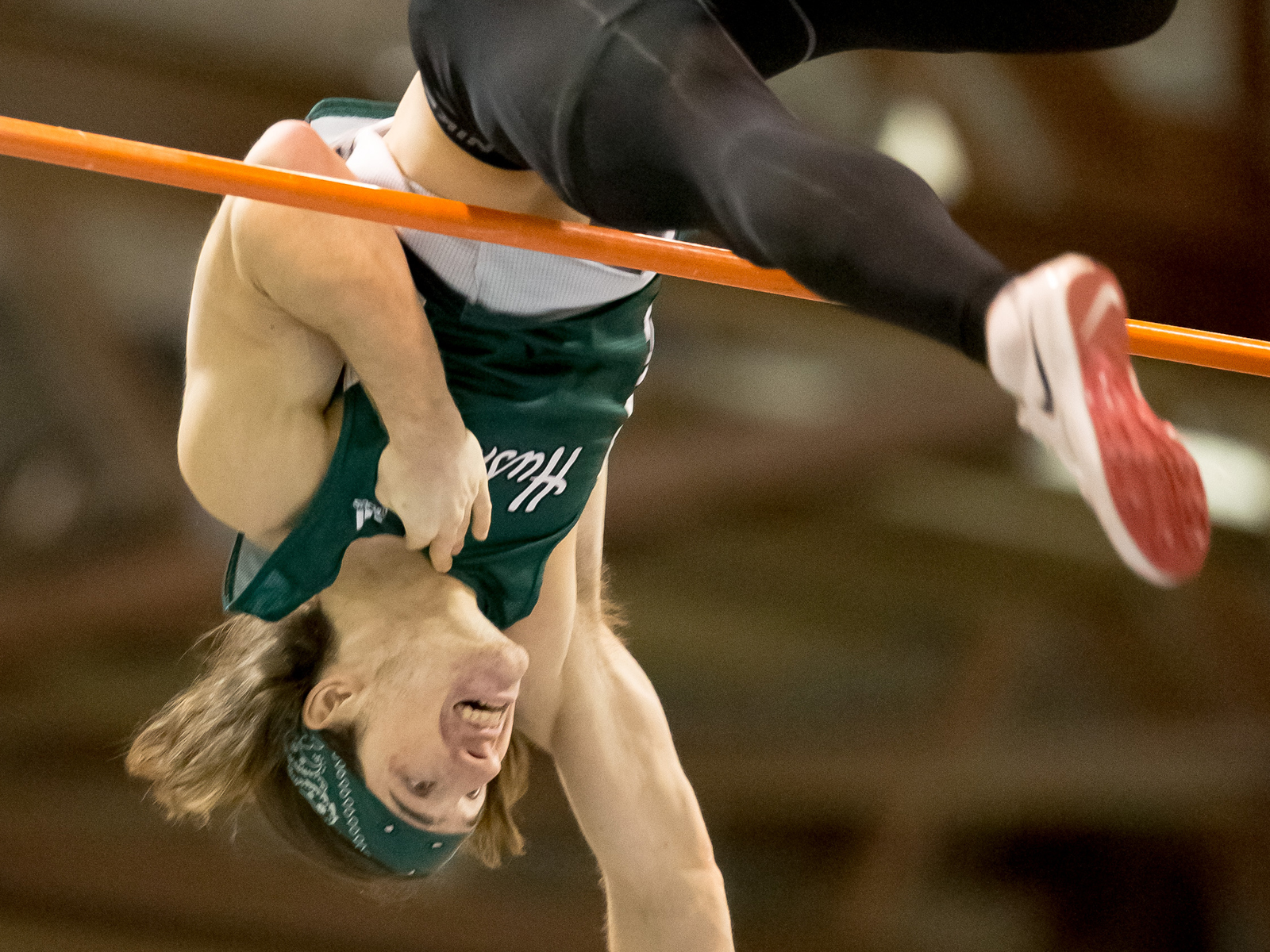
“Cannabis is not just for the chronically ill or the stoner,” he says. “It’s for regular active people and really serious athletes, too.”
Cannabis has always been a part of many sports, but always in the shadows. While the science of exercising high remains conflicted, today a growing knot of athletes, coaches, scientists and regular Joes believe a little bit of cannabis can go a long way for performance and recovery.
Britnell’s cannabis realization began with Crohn’s disease, a debilitating inflammation of the bowel. He lost his appetite and felt nauseous all the time, not a good combo for an athlete who needs a huge amount of calories to perform. At 20 the health struggles knocked the former junior national champ out of university and off the track and field team.
To help regain control of his appetite and nausea a doctor prescribed medical cannabis. It worked so well Britnell decided to make a comeback. As he got back into shape, he noticed training on cannabis felt different.
“In the past when I did wind sprints I always wanted to throw up,” he remembers. “But I didn’t when I was taking cannabis.” He also noticed it helped with recovery, sleep and pre-competition jitters.
The scientific evidence for cannabis’s athletic benefits is scarce. In 2017 a survey found only 15 published studies investigating cannabis and THC on exercise performance. Most found THC doesn’t improve performance or strength, but training and recovery was a different story.
There’s plenty of evidence of a connection between cannabis and pain relief. Between sore muscles and quad crushing workouts a little pain relief could help athletes work longer and harder. And cannabis can make running and other long distance workouts more enjoyable.
“There’s a lot of overlap in terms of the pathways that are activated between what’s known as a ‘runner’s high’ and the high that comes from THC.” – Dr. Marcel Bonn-Miller
“There’s a lot of overlap in terms of the pathways that are activated between what’s known as a runner’s high and the high that comes from THC,” said Dr. Marcel Bonn-Miller, an adjunct assistant professor of psychology in psychiatry at the University of Pennsylvania Perelman School of Medicine who also works on cannabinoid research. “Both of those involve activation of the endocannabinoid system.”
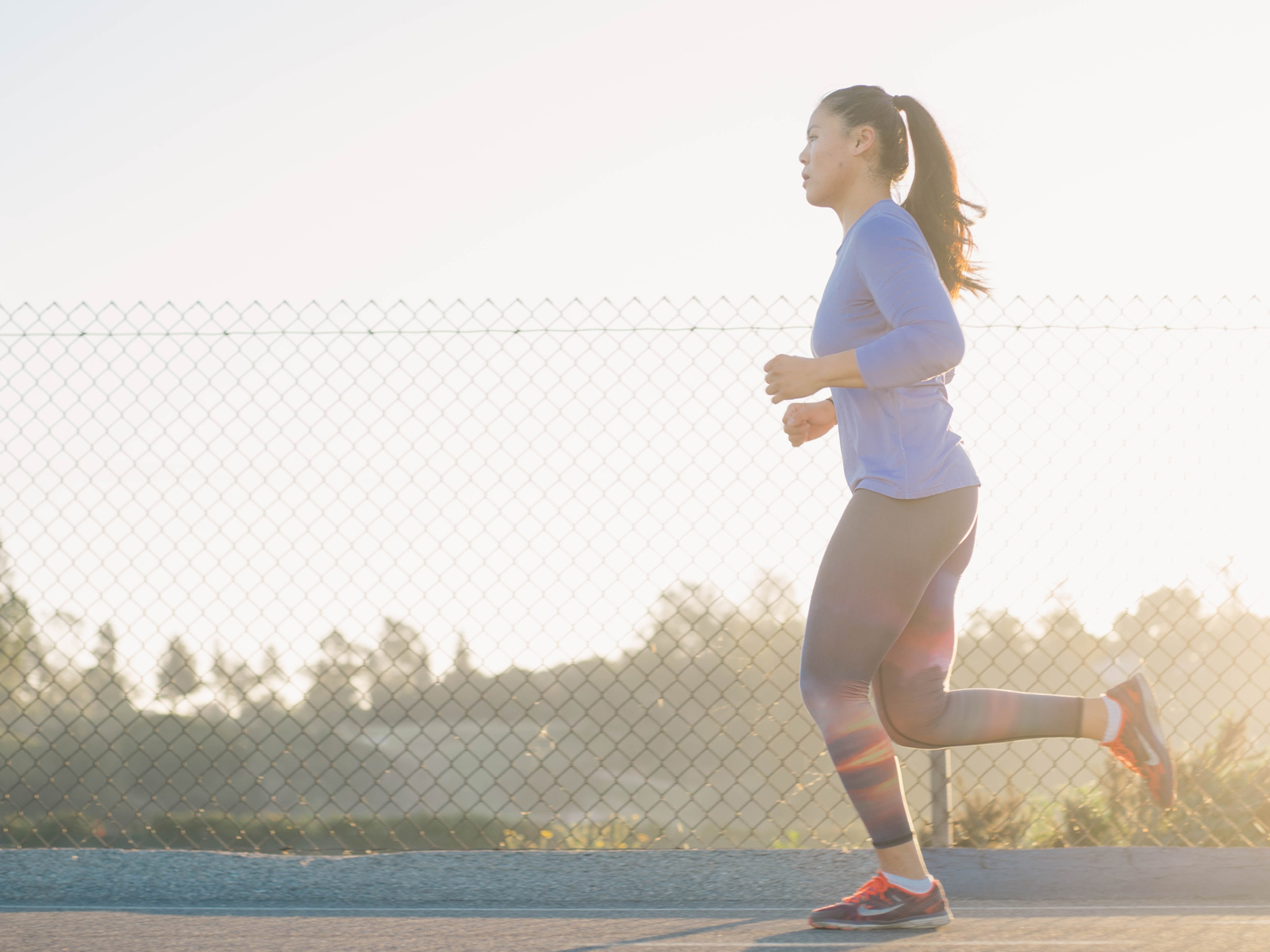
Avery Collins, one of the top North American ultra runners, is a vocal proponent of cannabis during training. (One of his main sponsors is a cannabis dispensary in Colorado.) He regularly smokes and eats cannabis products before long runs and uses CBD, or cannabidiol, products to help his body recover. CBD, the non-psychoactive component of marijuana, helps reduce inflammation in sore muscles.
But Collins never races high – THC remains an illegal substance in sport. The World Anti Doping Agency, the body that regulate drug use in the Olympics and many other sporting events, okayed CBD. THC remains banned, but WADA raised the threshold for a positive test, effectively allowing THC for recreational use. And athletes can get a waiver for medically prescribed THC.
The evolving acceptance of cannabis for sport is encouraging related businesses. Several cannabis oriented gyms opened in U.S. states that legalized recreational cannabis. And in Vancouver Bethany Rae started Flower & Freedom, a website focused on normalizing cannabis as part of an active lifestyle. Britnell is a Flower & Freedom ambassador.
Lingering Crohn’s symptoms stumbled Britnell’s comeback dream. He’s now a coach for elite athletes and continues to use cannabis to aid his own athletic goals. From both experiences he thinks small doses of cannabis offer training advantages.
“The key is finding the magic amount [of cannabis]. You want to micro-dose.” -Lane Britnell
“The key is finding the magic amount,” he says. “You want to micro-dose.”
Since tolerance and reaction to cannabis varies from person to person that requires a little experimentation. “Find out what impairs you and then dial it back,” he says.
Getting specific, Britnell advises an optimal pre-work out dose of 1:1 or 2:1 CBD to THC. And to get really geeky, he even breaks it down to terpenes, the chemical compounds that give marijuana its flavour, smell and health benefits. His research suggests strains high in pinene, a terpene known to open the lungs, offer the best work out benefits.
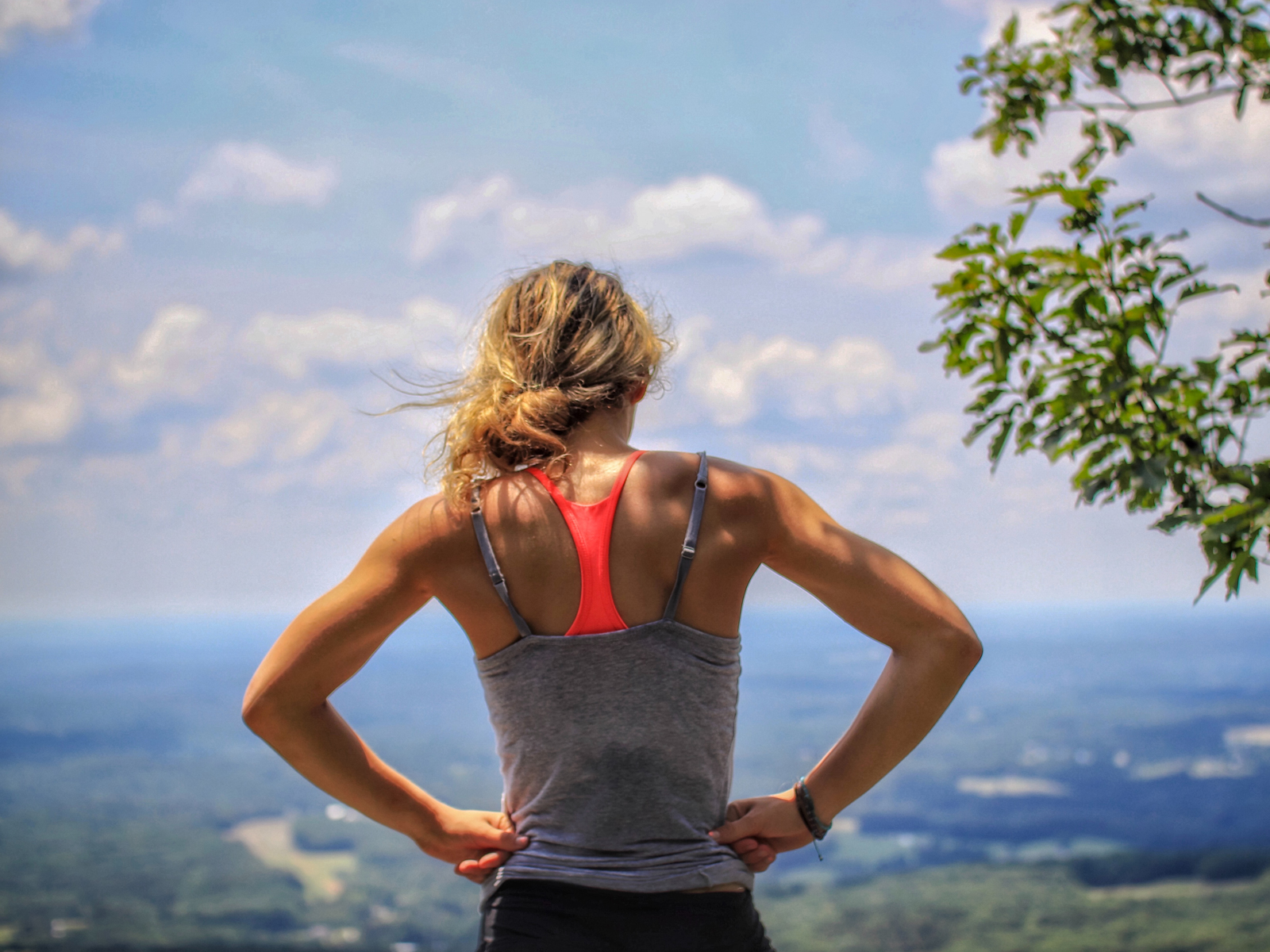
For post workout recovery Britnell recommends high THC, to encourage appetite, and strains rich in myrcene, a terpene associated with relaxation, and B-caryophyllene, another with anti-inflammation and pain relieving properties.
“I think there’s potential for someone to start developing cannabis products specific for athletes,” he says. “Now that cannabis is becoming more socially acceptable in sport I think we’re going to see people using cannabis just like they do multi-vitamins and protein powder.”
Did you like this article?
Sign up for our newsletter to make sure you're in the know about all of our new product releases, contests and more.





